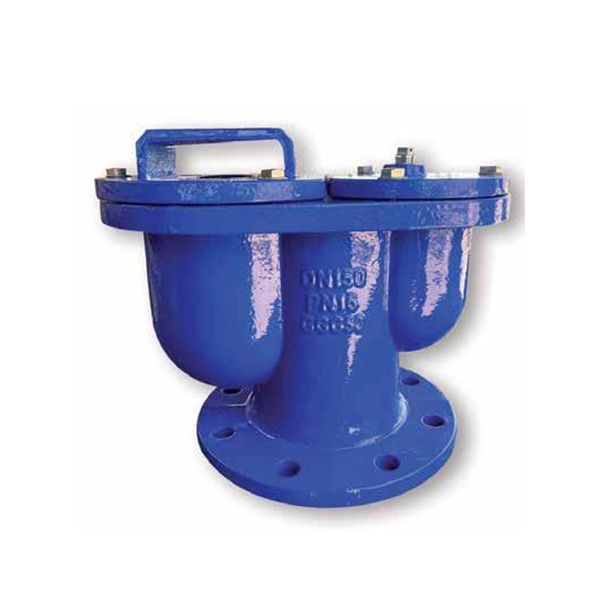Contact information

air valve
An air valve with a double chamber typically refers to a valve system that uses two separate chambers to control the flow of air, often for pressure regulation, flow direction, or air release. These valves are commonly used in pneumatic systems, HVAC systems, or even water treatment systems to maintain balanced pressure or to allow air to escape while maintaining the integrity of the system.
Here are some key features and functions of a double chamber air valve:
Two Separate Chambers: The design usually involves two interconnected chambers, each capable of operating independently. This allows for more precise control over the air pressure in different parts of the system.
Pressure Control: The double chamber mechanism can help regulate pressure more efficiently, balancing pressure in both chambers to avoid sudden fluctuations that might damage the system.
Air Release: In systems like water pipelines or tanks, the double chamber valve may allow for air to be released from one chamber while the other chamber maintains pressure, preventing vacuum formation or damage to the system.
Pneumatic Systems: Double chamber air valves are often used in pneumatic control systems, where they can function to maintain constant air pressure or ensure proper flow between sections of the system.
Applications of this type of valve could be found in machinery, automated systems, and in infrastructure like water or sewage systems to ensure smooth operation by managing air flow effectively.


